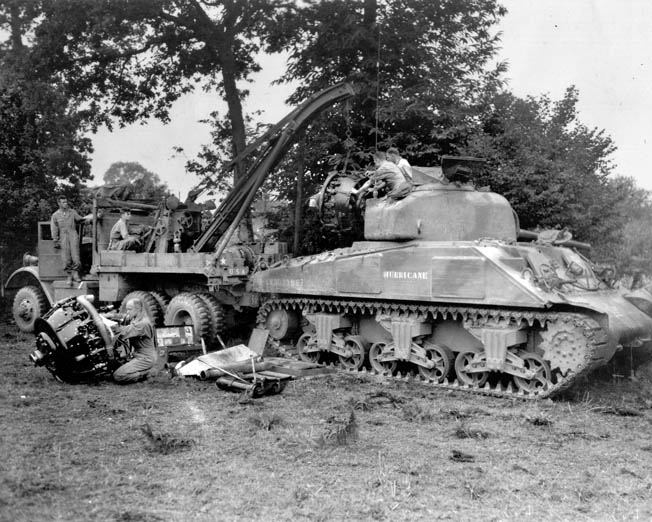I’ve seen pictures on the tank encyclopedia where different camouflage and color schemes are shown an dfor example for German tanks it seems as if the camouflage colors blur into the other in a way that could only have been spray painted. However I read that most tanks were painted by the crew using brushed or mops or brooms; so a blended blury line could not hae been mde. DOn’t even know how it was for Japanese or American tanks among others. The information online regarding also seems to be limited. Any insight?
German tanks post Feb 1943 left the factory in a Dark yellow base, the other colours were then applied by the crew in the field. The method of application would vary depending on what was to hand. they certainly could be airbrush, there are some well known pics of a Tiger II being painted this way. But, if this was not avliable, it could certainly be applied by brush. There were many different scheme used by the Germans, some hart edged some soft.
Ive seen video footage of german tank crews using spray guns to paint camoflauge on their tanks, and too my knowledge that was also the norm for German armor leaving the factory. As for american armor i cant say though.
It was both. Spray painted at the factory and camouflage schemes where either painted by hand or by spray gun if available. Later camouflage schemes were spray painted in the factory.
I believe Japanese schemes were hand painted in the field by crews or maintenance personnel.
British tanks usually had a hard edge camo pattern. Some late war German tanks had factory applied hard edge schemes. Many field applied schemes were sprayed on, but not all.
Best rule of thumb is to do image searches for your particular subject, and go from there.
I do recall that the numbers and markings were changed often. Those were painted in the field using patterns.
Camouflage aircraft in the RAF were painted in the factory using big rubber patterns. There was an effort to make the patterns applied in a consistent way.
Most everything in the USA came off the production line with sprayed on olive drab. They had no idea where any tank, or truck was going. Many vehicles were painted when they arrived at their unit before going into combat. Frequently the paint arrived at the unit without being mixed with a medium. The paint was then mixed with what was on hand: diesel fuel, automotive gasoline, aviation gasoline, methanol. The paint job could be good or bad in the field. If someone complains about your models paint job just tell them that it’s modeled in field applied paint.
Yup, US tanks arrived in theater in overall OD and then if camouflage pattern painted it could be soft or hard edged





Hi’
The few vehicles we had in my unit were brush painted if they needed it .They were Hand me downs , But well maintained .
PzIV and tigers had air compressors more than likely they would have their camo sprayed on in the field but other armor and soft skin if close to a tiger in the field might have theirs sprayed on too, also at maintenance depos would have theirs sprayed on if time would allow. The paint would come as a thick paste they would cut with gasoline. If not sprayed on the crew would apply with what ever they had at hand, brush, mop, rag on a stick, etc.
It doesn’t matter to me, I spray paint all my models! That’s to much detail for me.[:D]
That’s a very general question, and the answer across all the combatant nations will inevitably be long and complex.
The one certainty is that all original factory finishes would have been sprayed. After that the answer goes off in many different directions.
Perhaps you might narrow the question to a specific nation? Then a more directly relevant answer might be provided.
BTW, all official UK and Commonwealth painting instructions specifically required hard-edged colour boundaries as the disruptive effect was felt to be lessened with soft edges.